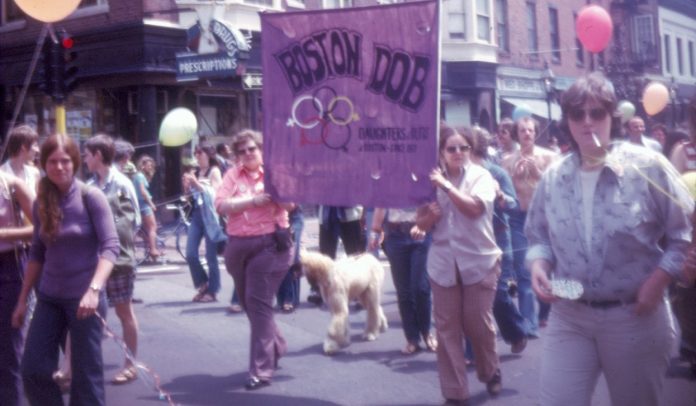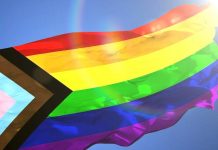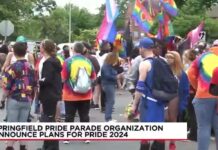[This story appears in the May|June 2017 issue of Boston Spirit magazine. Subscribe for free today.]
For anyone under 45, it may be hard to imagine the range of emotions that surface as seniors share their stories of early Prides. These gathering were not parades or celebrations in those first few years; there was very little in the gay community to celebrate. These events were political demonstrations to show visibility. On an personal level, they were about bravery and risk. The very decision to attend the march carried with it a double-edged sword: showing up involved taking courage to be visible plus the risk of losing your job if you were seen by family or co-workers.
For Boston’s first gay march in 1970, Sam Goldfarb was 40 years old and a school psychologist in the Quincy public school system. He was very active in the growing gay community, so he didn’t want to miss the opportunity to participate in this important event. He felt torn because he knew if he was seen he would lose his job. The only way Goldfarb and his teacher friends could attend was to go in disguise with paper bags over their heads with cut-out eyes.
George Casper of Dorchester said he “imported” a lesbian from New York to go with him when he attended his first march. He also wore dark sunglasses and a big hat. “The next year I shed the lesbian, the following year the hat and the year after that the glasses,” he says with a laugh.
As a school teacher, Tracy Powers from Jamaica Plai was also afraid of the risk of being seen, so she would stand near the subway entrance on Charles Street and disappear quickly if she spotted a student. One year, she couldn’t bear to do that any longer, stepped out from the crowd and joined the marchers. She said it was one of her greatest acts of courage because she knew she was risking her career. But in the end, she said being honest and authentic was more important.
Despite being one of the organizers of that first march in Boston in 1970, Ralph Hodsdon was too afraid to show up to the event because he feared being physically attacked. He went the second year as he and other organizers worked hard to communicate to all participants a goal to look as “normal” as possible. They didn’t want the outside world to think of gay people in a derogatory way. Hodsdon was pleased that the whole crowd received that message except one man who dressed in drag and roller-skated the whole route. Much to the organizers’ horror, after all their work, The Boston Globe ran only one photo of gay pride that year and it was the drag queen on skates.
Lois Johnson also joined the organizing committee for the second march in 1971 but told her friends that she would be unable to march because of her job as a local TV producer for WGBH. She watched from the side until the group she organized, The Daughters of Bilitis, marched by. Johnson walked right out into the crowd and took a corner of the sign and marched the rest of the way. She said she felt this march was an affirmation of who she was, and she wasn’t about to let that moment or the march pass her by.
Ruby Katz, 72, reminisced about the sheet cake served at the end of the first march in the gazebo on the Commons. All the 30–40 marchers had a piece. Although the march was more like a protest, the cake was a celebration. “The next year the crowd grew in size and they kept cutting smaller and smaller pieces of cake to feed the nearly 200 people who gathered after the march. In the third year they gave up on the sheet cake.









